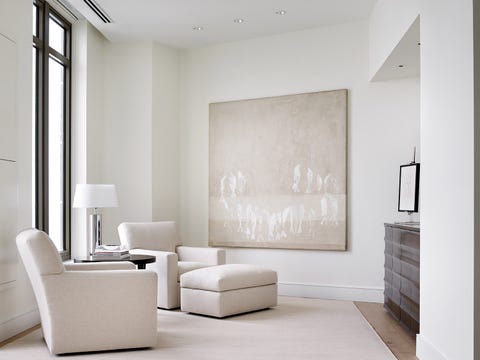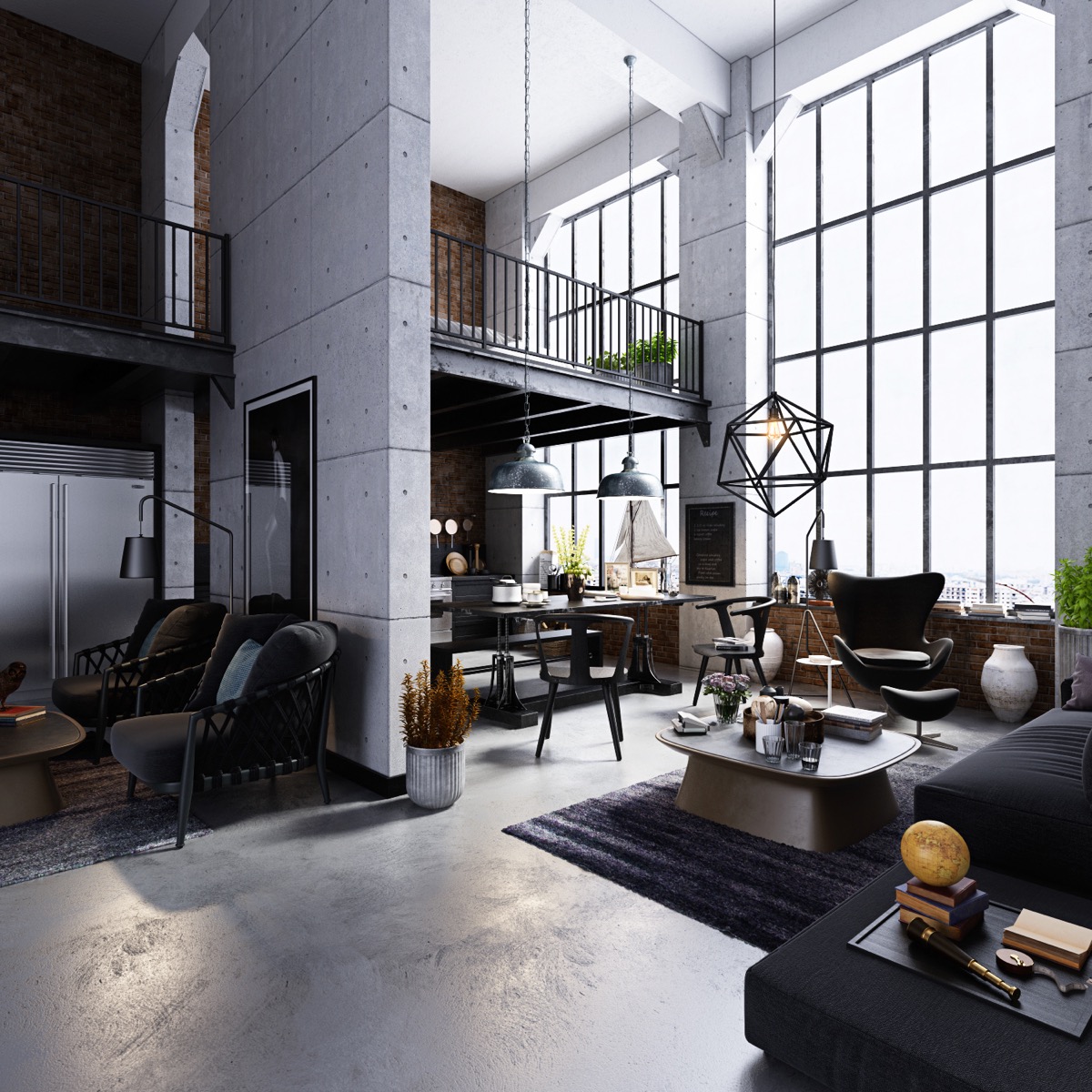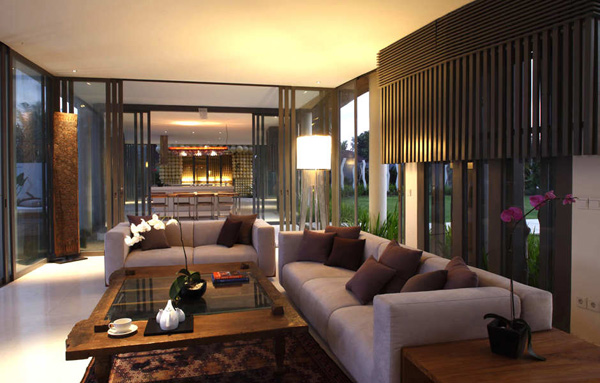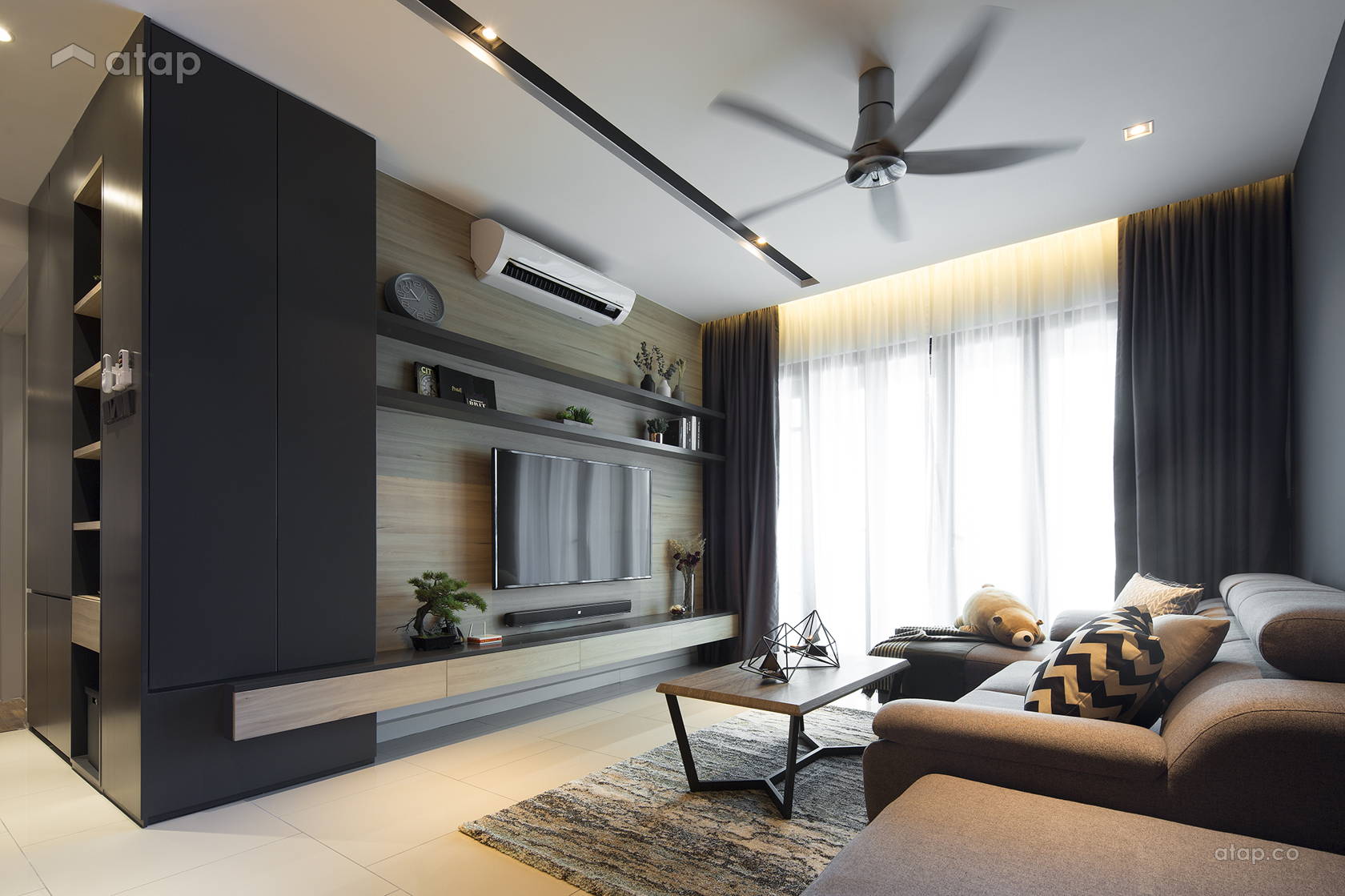Modern, industrial, minimalist….and the list goes on. A significant challenge many of our clients face is a lack of understanding or vocabulary to describe and define their personal interior design style. With an abundance of unique design styles, it can be daunting to decipher which style will work best for you. Some also enjoy combining elements of several styles to create their ideal look.
A great starting point for an interior design project is to learn a bit about each of the styles and how they differ from one another.
1. MODERN
Modern is a broad design term that typically refers to a home with clean, crisp lines, a simple colour palette and the use of materials that can include metal, glass and steel.
Modern design employs a sense of simplicity in every element, including furniture. A word that’s commonly used to describe modern style is sleek, and there is not a lot of clutter or accessories involved with a modern style.

2. CONTEMPORARY
Modern and contemporary are two styles frequently used interchangeably. Contemporary is different from modern because it describes design based on the here and now.
The primary difference separating modern and contemporary design style is that modern is a strict interpretation of design that started in the 20th century. Contemporary on the other hand, is more fluid and can represent a sense of currency with less adherence to one particular style. For example, contemporary style may include curving lines, whereas modern design does not. You can refer to modern vs contemporary article for more information.
/modern--bright-and-airy-scandinavian-design-living-room-1188732010-83a1272db8784a3c858550ecfd165d27.jpg)
3. MINIMALIST
The minimalist concept is one that’s popular here in Australia. It takes notions of modern design and simplifies them further.
Colour palettes are neutral and airy; furnishings are simple and streamlined, and nothing is excessive or flamboyant in accessories or décor.
Minimalism is ultimately defined by a sense of functionality and ultra-clean lines.

4. MODERN INDUSTRIAL
Industrial style as the name implies, draws inspiration from a warehouse or an urban loft.
There’s a sense of unfinished rawness in many of the elements, and it’s not uncommon to see exposed brick, ductwork and wood. An iconic home with an industrial design theme would be a renovated loft from a former industrial building.
Think high ceilings, old timber and dangling metal light fixtures with sparse functional furniture. There may possibly be one or two pieces of abstract art or photography to add a dash of colour to an otherwise neutral colour scheme derived from the primary materials of wood and metals.

5. MID-CENTURY MODERN
Mid-century modern is a throwback to the design style of the mid-1900s—primarily the 1950s and 60s. There’s a retro nostalgia present in Mid-Century Modern Design, and also some elements of minimalism. Functionality or “fussy-free” was the main theme for Mid-century design. It emphasis on pared-down forms, natural or organic shapes such as “egg-shaped” chair, easy-to-use contemporary designs and simple fabrications. It easily complements any interior and also helps with seamless transition from interior to exterior.

6. SCANDINAVIAN DESIGN
Scandanavian design pays homage to the simplicity of life demonstrated in Nordic countries. Scandinavian furniture design often feels like a work of art, although it is simple and understated. There’s functionality in the furniture along with some interesting lines, many of which have a sculptural influence.
Other common characteristics include all-white colour palettes and the incorporation of natural elements like form-pressed wood, bright plastics, and enameled aluminum, steel and wide plank flooring. If there are pops of colour it often comes from the use of art, natural fibre throws or furs, or a single piece of furniture.
Spacious, natural lighting, less accessories and functional furniture characterizes Scandinavian designs.

7. TRADITIONAL DESIGN
Traditional design style offers classic details, sumptuous furnishings, and an abundance of accessories. It is rooted in European sensibilities.
Traditional homes often feature dark, finished wood, rich colour palettes, and a variety of textures and curved lines. Furnishings have elaborate and ornate details and fabrics, like velvet, silk and brocade, which may include a variety of patterns and textures.
There’s depth, layering and dimensionality within most traditional designs.

8. TRANSITIONAL DESIGN
Transitional is a very popular style because it borrows from both traditional and modern design to facilitate a space that’s not “too much,” in terms of one style or another. There’s a sense of balance that’s appealing and unexpected.
A transitional design may incorporate modern materials, such as steel and glass, and then unite them with plush furnishings.
Transitional design also includes relatively neutral colour palettes, creating a calming and relaxed space that manages to feel both stylish and sleek, as well as warm and inviting.

9. RUSTIC
Rustic design is drawn from natural inspiration, using raw and often unfinished elements including wood and stone.
Rustic design may incorporate accessories from the outdoors with warmth emulating from the design and architectural details that may include features like vaulted ceilings adorned with wood beams or reclaimed wood floors.
Many designs now integrate rustic design with more modern furnishings and accessories.

10. COASTAL/HAMPTONS
Coastal style also dubbed Hamptons style, hails from the iconic U.S. beachside area. Common features include light, airy colour palettes with cool neutral shades paired with blues and greens. Furnishings are often white or beige. The room can contain elements of wood and accessories are often inspired by the sea.
Blue and white striped patterns for pillows, large windows, white plush sofas, and painted white wood are also common fixtures of the classic Coastal/Hampton style.
The intention is to create a relaxed and comfortable environment that is inspired by the beach and ocean.

A rudimentary understanding of design fundamentals and styles can be a great help in solidifying your personal design ideals. The ability to identify different interior design styles will help you conjure up inspirational visions of your future home and provide a framework to build your personal aesthetic. With a vocabulary to express your inspired vision, magic happens! If you’re interested in this look, we recommend you to read our post “Everything you need to know about the Hamptons Style“.
Together, we make homes beautiful. If you would like to consult with JB Minsu on design elements to enhance your home décor, please contact us!

